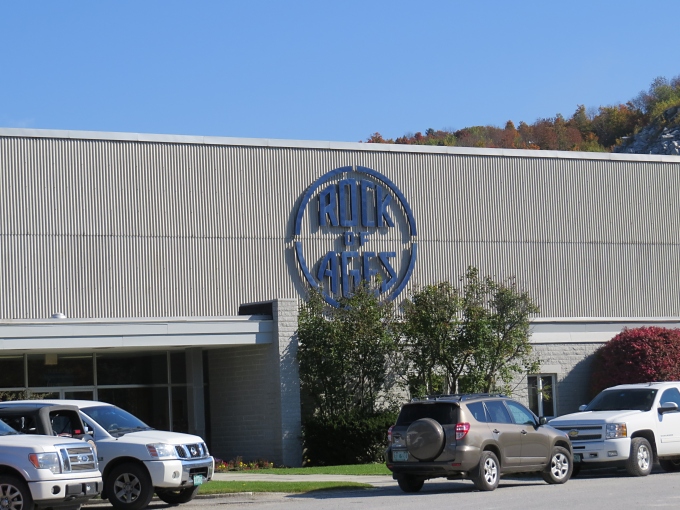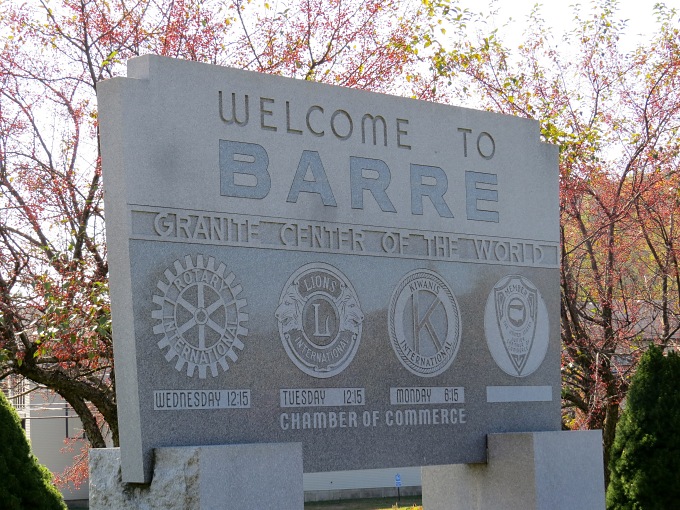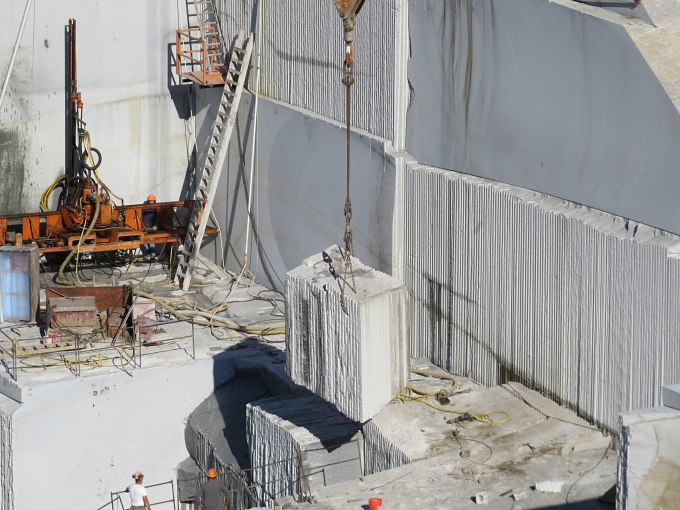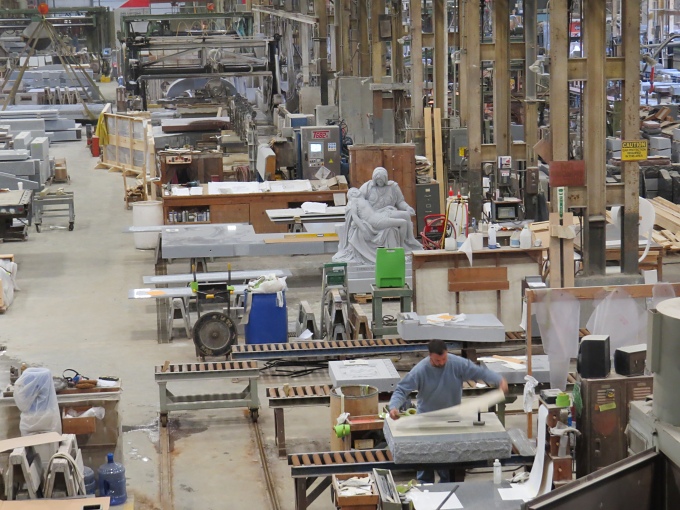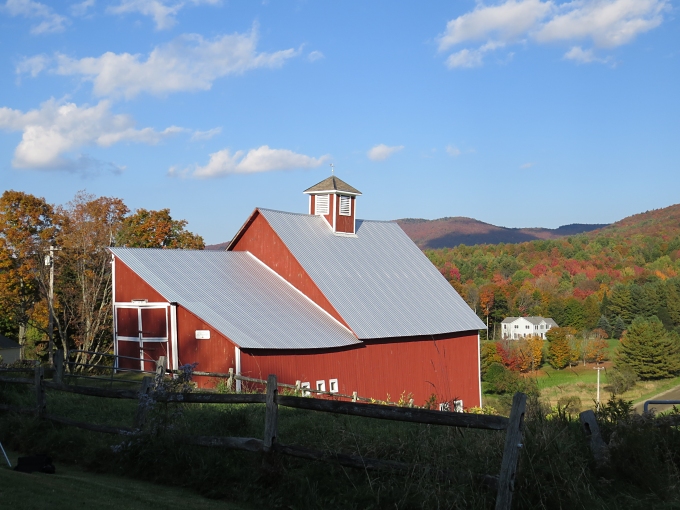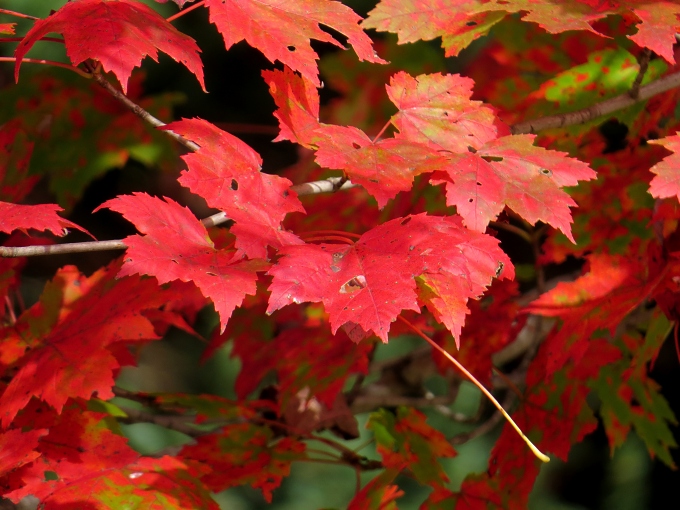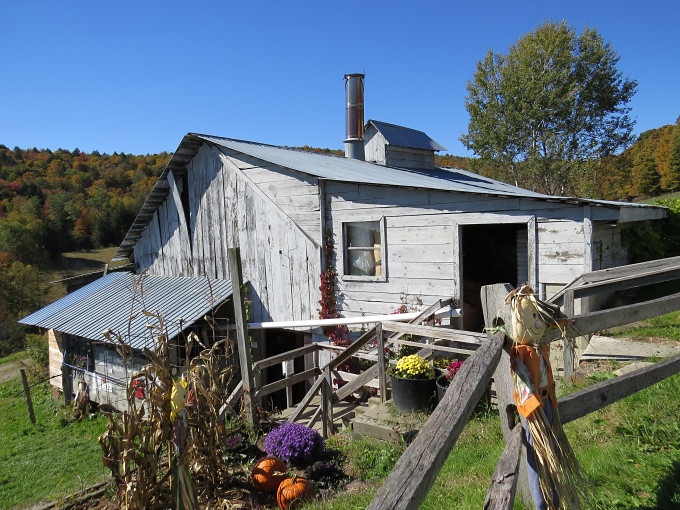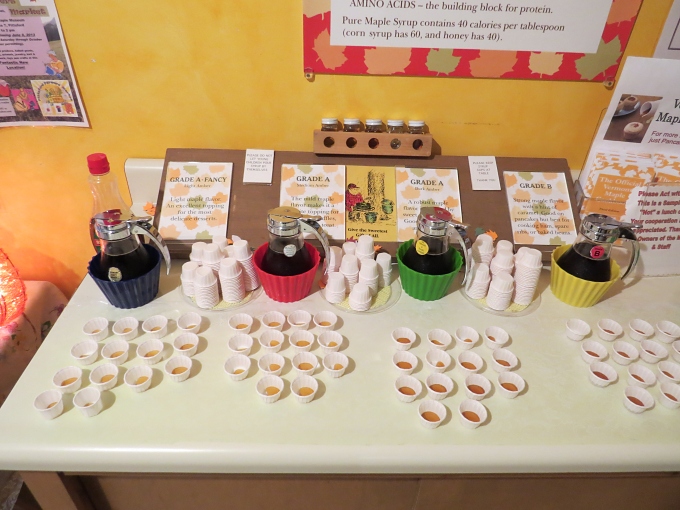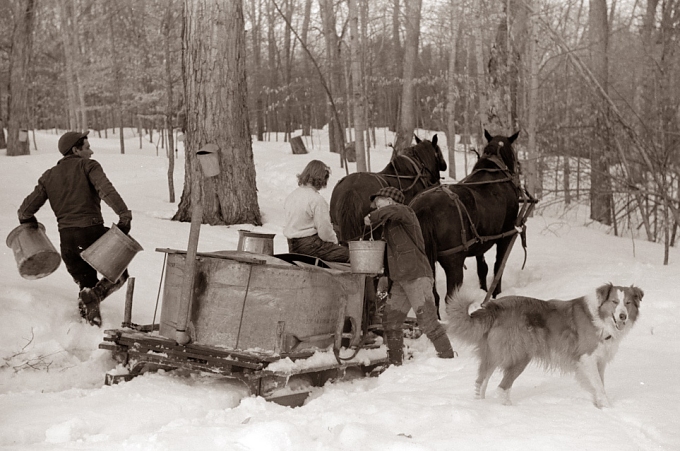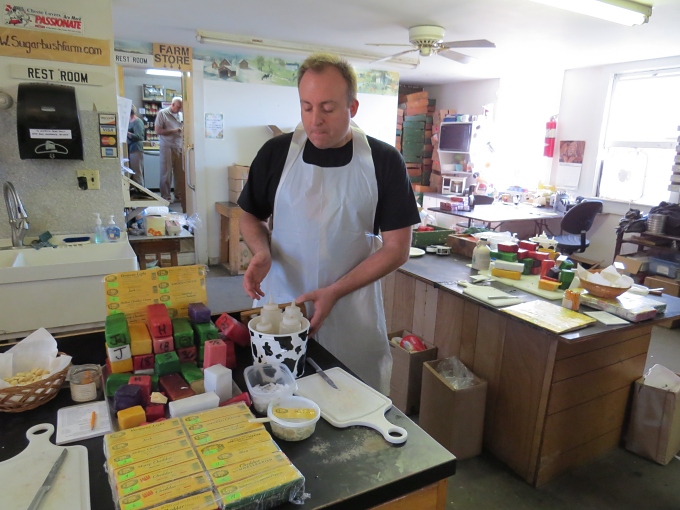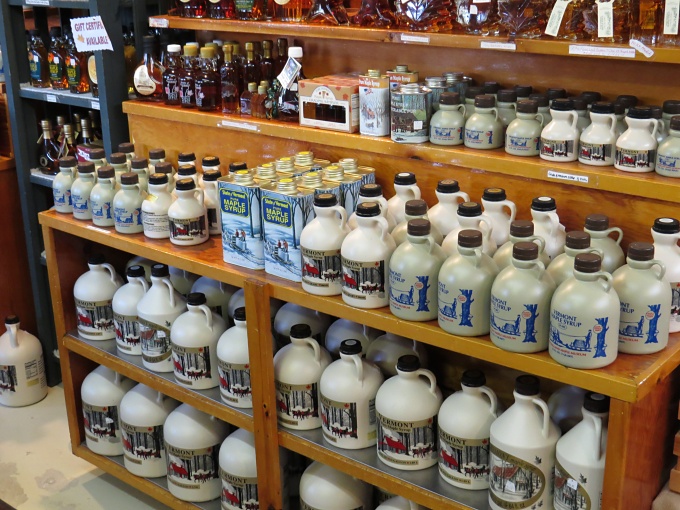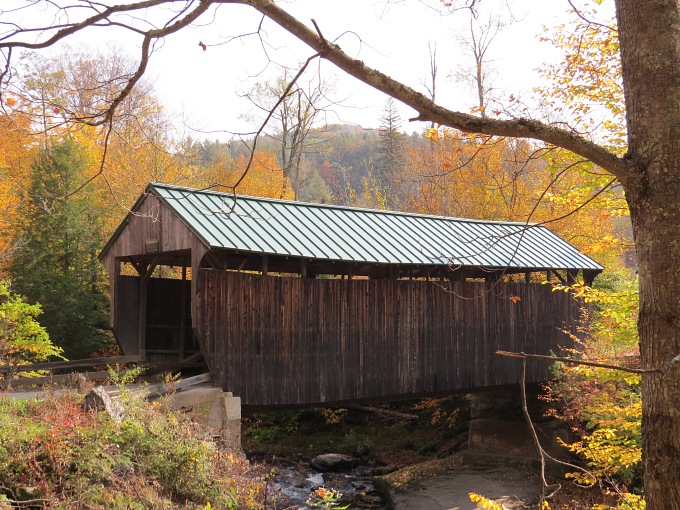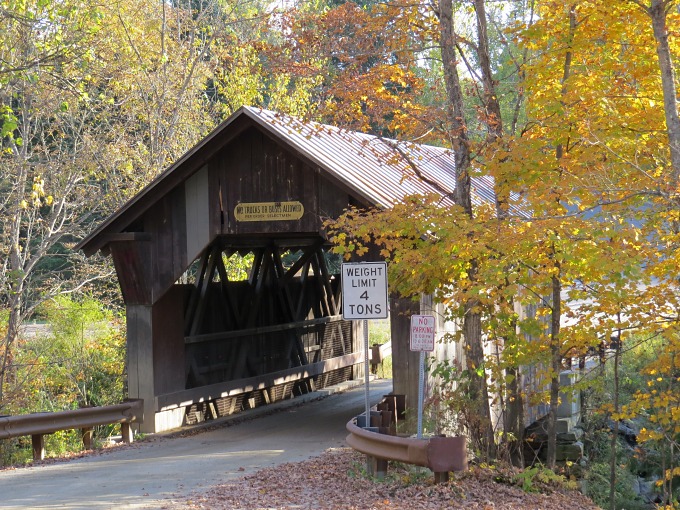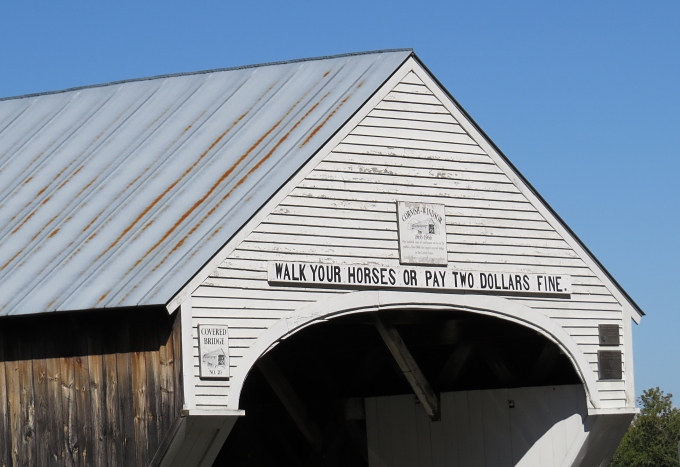Hard Rock Vermont
/The sweetest side of Vermont is its maple syrup, but the hard rock side of the state is its granite and marble industry. Granite quarrying is definitely an integral part of Vermont's economic and cultural history and exploring a quarry proved to be very interesting.
With maple sugar on our minds (and on my tongue), we proceeded to a granite quarry to appreciate the harder aspects of the state. We visited Rock of Ages in Graniteville. No, it's not a rock musical, movie or church hymn. Though the name sounds hokey, the company has used it since 1914 and they own the largest deep-hole, dimension granite quarry in the world.
The city of nearby Barre touts itself as the Granite Capital of the World and the high quality Barre granite is known worldwide for its quality, hardness and beauty.
Our visit to the quarry, nearly 600 feet deep, was awesome. Our view from the observation platform looking down provided an interesting perspective on what was happening below. Our guide was very animated as he related information to us about the history, cultural heritage, geology and artistry of the granite quarried here.
We were particularly fortunate when the crew we were watching below attached huge cables to a 40-ton block of granite and a crane carefully lifted it out of the quarry. 40 tons … that's equal to two Nine of Cups. Wow!
In the factory, we watched as artisans sandblasted, scribed and carved granite … mostly into gravestones, but they also do statuary, mausoleums and other hard rock creations.
When the quarry folks suggested that the Hope Cemetery in Barre had some of the most innovative and bizarre grave memorials, we couldn't resist a visit. Oh, my! Race cars, airplanes, cubes, chains, statuary, a married couple in bed … forever! not your usual gravestone inventory, not to mention pretty impressive stonecutting.
Four days in Vermont … what a wonderful respite. A great getaway to an awesome place with lots to see and do from Spider Web Farms to unique granite gravestones. But, of course, we didn't see it all. We still have those 70+ covered bridges to find and photograph and there's a ton of general stores we didn't stop at, plus all those cheese and maple products to sample and seconds at Ben & Jerry's, plus...



